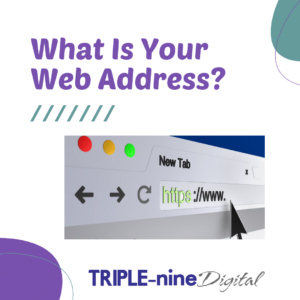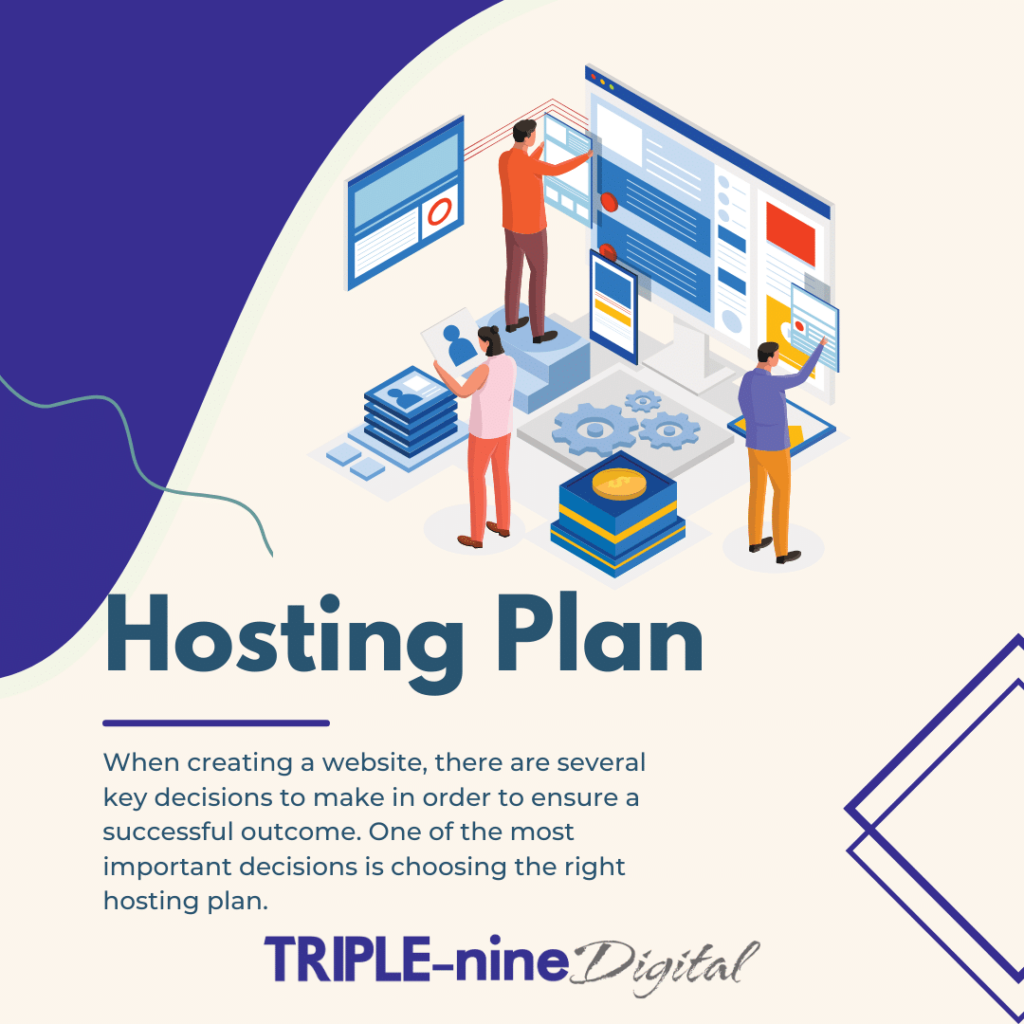A website is an essential and powerful tool for any business in today’s digital age. It not only helps a business establish an online presence but also enables it to reach a wider audience, which can increase its customer base and revenue. A website can serve as an online storefront, showcasing the products or services a business offers, and making them accessible to customers worldwide.
Moreover, a website is a great way to provide important information about the business. Customers can easily access the contact information, hours of operation, and pricing, which can help them determine whether the business meets their needs. This can save time and effort for both the business and the customers.
Sounds like a website does a lot for a business, right? That is why we make it really easy for you to start a website in 3 easy steps: 1) Choose a host 2) Choose a Web Address 3) Choose a Theme
1) What is a Hosting Plan? 
When creating a website, there are several key decisions to make in order to ensure a successful outcome. One of the most important decisions is choosing the right hosting plan.
A website host is a service that allows individuals or organizations to make their website accessible on the internet. Essentially, a website host provides the necessary technologies and infrastructure to store and serve up website content to visitors who access the website through a web browser. It is a place to store the files that make up your site, such as images, videos, and HTML documents.
There are many different types of website hosts available, each with different features and pricing plans. Some website hosts offer shared hosting, which means multiple websites are stored on the same server. Others offer dedicated hosting, which provides a server exclusively for your website.
Our team has several host options available and preferences as to why we use certain ones. Ask us whatever questions you may have about this at anytime!
2) What Is Your Web Address? 
Another important decision is whether to choose your web address, also known as domain name, now or later. While it may be tempting to wait until later stages of development, choosing a domain early on can help you establish your brand and provide a clear direction for your website.
Here are some tips to help you choose a web address that will be effective and memorable:
- Keep it short and simple – Shorter domain names are easier to remember and type accurately. Avoid using hyphens or numbers, as they can make the domain name harder to remember and pronounce.
- Make it easy to spell – Avoid using unusual spellings or words that are commonly misspelled. This will help ensure that your audience can easily find your website.
- Use keywords – Incorporating relevant keywords into your domain name can help improve your search engine ranking and make it easier for potential customers to find you online.
- Consider your brand – If you already have an established brand name, consider using that as your domain name. This can help build brand recognition and make it easier for customers to find you online.
- Check availability – Before settling on a domain name, make sure it is available for registration. You can use a domain name registrar to search for available domain names and register your chosen domain.
3) Make Your Website Look Good with a Theme 
Once you have your hosting plan and domain in place, the next step is to choose a theme. This will determine the overall look and feel of your website, and can help you establish a visual identity that will be memorable to your visitors.
Designing a theme for a website can seem like a daunting task, but with a little planning and creativity help from our team, it can be a fun and rewarding experience. Here are a few steps to help you get started:
- Determine the purpose and audience of your website: Before you start designing your theme, it’s important to have a clear understanding of the purpose of your website and the audience you’re targeting. This will help you choose appropriate colors, fonts, and imagery that will appeal to your intended audience.
- Choose a color scheme: Once you have a clear understanding of your website’s purpose and audience, you can choose a color scheme that reflects the mood and tone you want to convey. Keep in mind that different colors can evoke different emotions, so choose colors that align with your website’s purpose and message.
- Select fonts: Choose fonts that are easy to read and complement your website’s design. Stick to a maximum of 2-3 fonts to avoid cluttering your website.
- Create a layout: Sketch out a rough layout of your website, including where you want to place your content, images, and navigation menus. This will help you visualize how your website will look and make it easier to start designing your theme.
- Add images and graphics: Images and graphics can make your website more visually appealing and help convey your message. Choose images that are relevant to your content and align with your website’s color scheme and overall design.
- Test your design: Once you’ve created your theme, test it on different devices and browsers to ensure it looks good and functions properly.
The Bottom Line
Website Design and Management is a fundamental component in your business’s overall Search Engine Optimization (SEO). Your website design needs to be a combination of marketing, brand, user experience, and accessibility. With Spokesman Digital you can leave the website development, management and security to us, so you can stay focused on your business.


